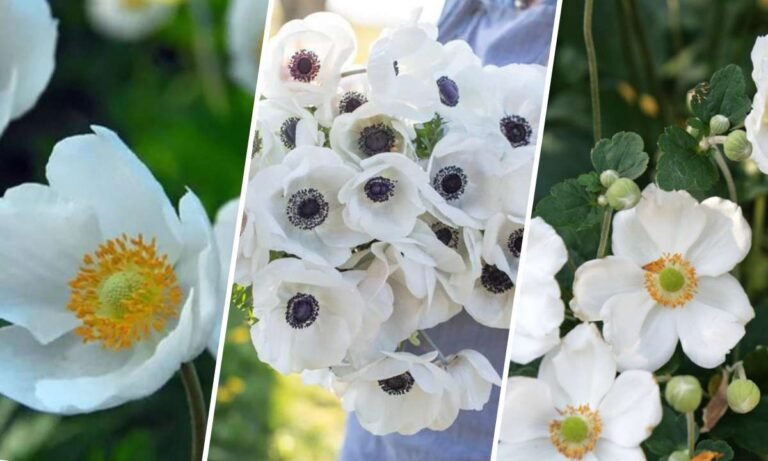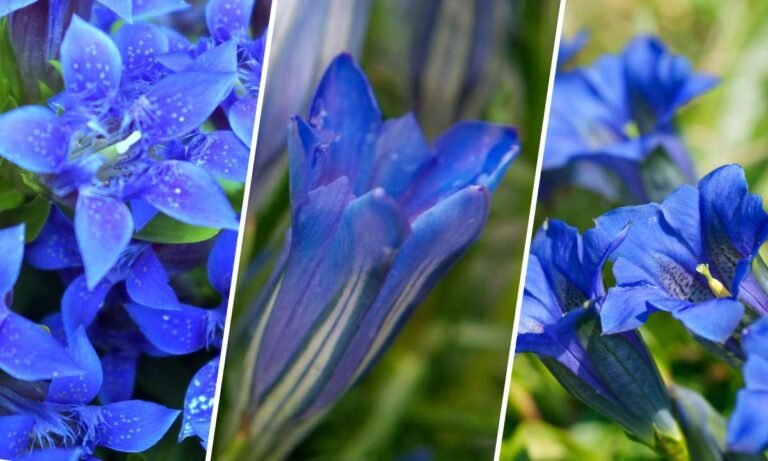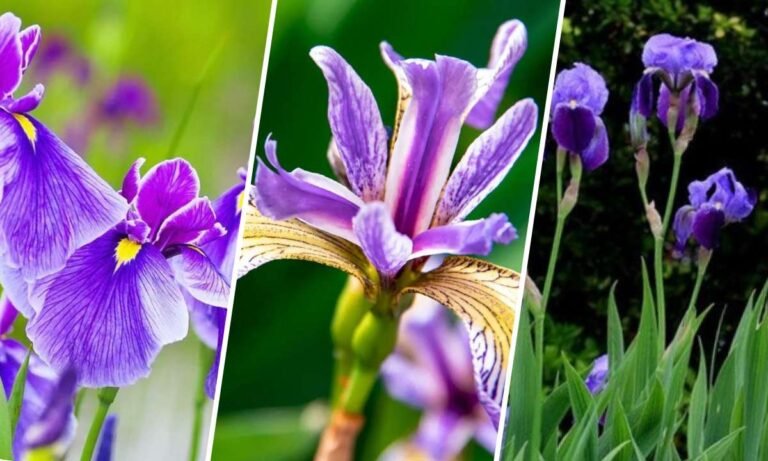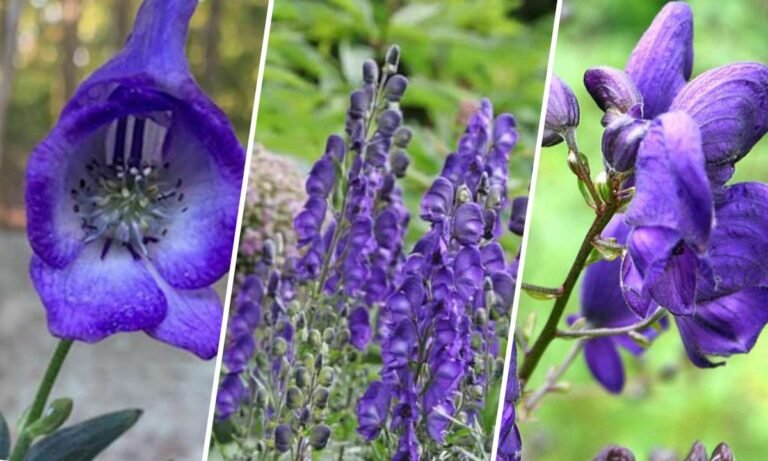The hydrangea flower, known for its vibrant clusters of blooms, holds deep symbolism of emotions, grace, and beauty. This beloved flower has enchanted gardeners and flower enthusiasts for centuries with its lush petals and striking colors. In this article, we explore the meanings, historical significance, and symbolism of the hydrangea, providing a detailed look that will engage and inform readers.
Origins and Meaning of the Hydrangea
The name “hydrangea” comes from the Greek words “hydor,” meaning water, and “angos,” meaning vessel, referring to its need for water and cup-shaped seed pods. Botanically named Hydrangea macrophylla, it emphasizes its large, showy blooms and foliage.
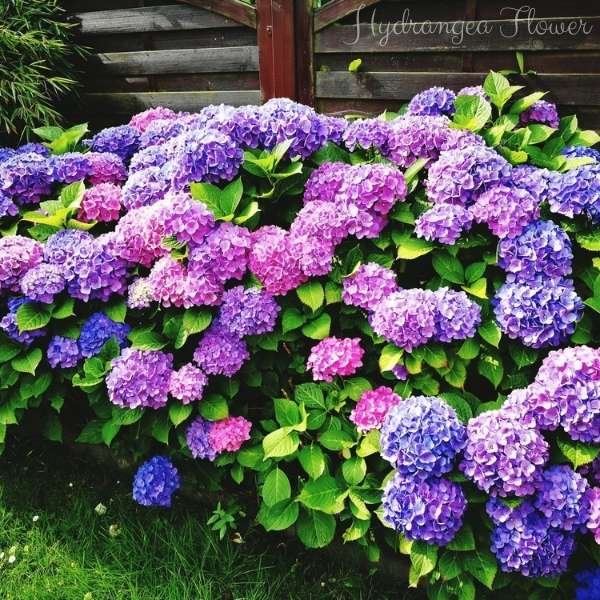
Symbolic Meanings of the Hydrangea
Deep Emotions: Hydrangeas symbolize heartfelt emotions and gratitude, often used to express appreciation and sincere feelings.
Grace and Beauty: Their delicate appearance represents elegance and beauty, enhancing any floral arrangement with refinement and sophistication.
Apology and Reconciliation: In the language of flowers, hydrangeas convey apologies and a desire for understanding, offering gestures of reconciliation and regret.
Historical Significance
Ancient Times: Admired since ancient times, especially in Japan as “Ajisai,” hydrangeas symbolize emotion and gratitude in Japanese culture, used in ceremonies for their symbolism of abundance and prosperity.
Victorian Era: Popular in European gardens and arrangements during the Victorian era, hydrangeas were cherished for their color-changing ability based on soil acidity, adding to their allure.
Modern Usage
Today, hydrangeas remain popular in gardens, weddings, and floral arrangements for their beauty and symbolism, conveying messages of gratitude, grace, and beauty.

Varieties and Their Meanings
Blue Hydrangea: Symbolizes serenity and peace, ideal for expressing deep appreciation and tranquility.
Pink Hydrangea: Represents love and romance, often used in weddings to symbolize affection and romantic intentions.
White Hydrangea: Symbolizes purity and elegance, popular for weddings and celebrations.
Purple Hydrangea: Represents understanding and prosperity, adding vibrancy to floral displays.
Hydrangea in Art and Culture
Throughout history, hydrangeas have been depicted in art and literature, symbolizing emotions and beauty in both Eastern and Western cultures. In Japanese art, they feature prominently, while Western art often showcases them in still life and floral paintings.
Cultural Significance
In Western cultures, hydrangeas are cherished for their symbolism of emotions and abundance, popular in gardens and special occasions. In Eastern cultures, especially Japan, they hold cultural significance during the rainy season, symbolizing gratitude and prosperity.
Growing and Caring for Hydrangeas
To grow hydrangeas successfully, plant them in well-drained soil with plenty of water, ensuring they receive partial to full sun depending on the variety. Regular watering and pruning in late winter or early spring help maintain their lush blooms and promote new growth.
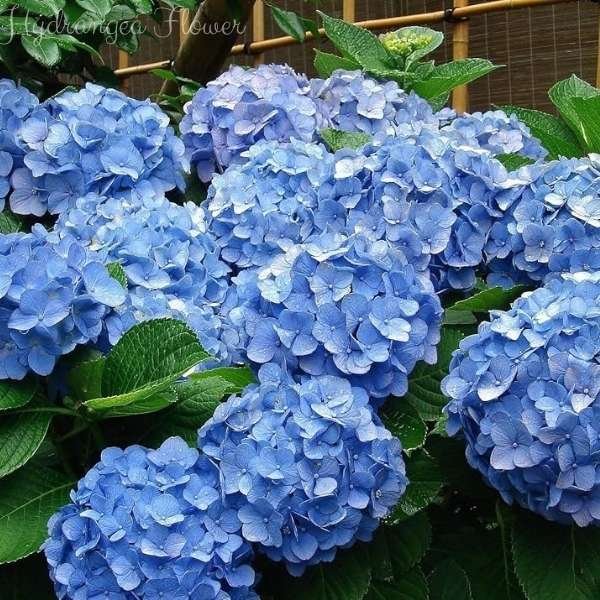
Conclusion
The hydrangea flower embodies heartfelt emotions, grace, and beauty, making it a cherished symbol worldwide. Whether you’re a gardener, flower enthusiast, or admirer of natural beauty, the hydrangea continues to inspire with its rich history and timeless elegance.


